Blog
Carole King Klein (born Carol Joan Klein; February 9, 1942) is an American singer-songwriter and musician. One of the most successful songwriters in American history, she wrote or co-wrote 118 pop hits appearing on the Billboard Hot 100 over the latter half of the 20th century. King also wrote 61 hits that charted in the UK, making her the most successful female songwriter on the UK singles charts between 1962 and 2005.
King’s major success began in the 1960s when she and her first husband, Gerry Goffin, wrote more than two dozen chart hits, many of which have become standards, for numerous artists. She has continued writing for other artists since then. King’s success as a performer in her own right did not come until the 1970s, when she sang her own songs, accompanying herself on the piano, in a series of albums and concerts. After experiencing commercial disappointment with her debut album Writer, King scored her breakthrough with the album Tapestry, which topped the U.S. album chart for 15 weeks in 1971 and remained on the charts for more than six years.
King has made 25 solo albums, the most successful being Tapestry, which held the record for most weeks at No. 1 by a female artist for more than 20 years. Her record sales were estimated at more than 75 million copies worldwide. She has won four Grammy Awards and was inducted into the Songwriters Hall of Fame. She has been inducted twice into the Rock and Roll Hall of Fame as a performer and songwriter.She is the recipient of the 2013 Library of Congress Gershwin Prize for Popular Song, the first woman to be so honored. She is also a 2015 Kennedy Center Honoree.
more...Maria do Carmo Miranda da Cunha GCIH, OMC (9 February 1909 – 5 August 1955), known professionally as Carmen Miranda , was a Portuguese-born Brazilian singer, dancer, and actress. Nicknamed “The Brazilian Bombshell”, she was known for her signature fruit hat outfit that she wore in her American films.
As a young woman, Miranda designed clothes and hats in a boutique before making her debut as a singer, recording with composer Josué de Barros in 1929. Miranda’s 1930 recording of “Taí (Pra Você Gostar de Mim)”, written by Joubert de Carvalho, catapulted her to stardom in Brazil as the foremost interpreter of samba.
During the 1930s, Miranda performed on Brazilian radio and appeared in five Brazilian chanchadas, films celebrating Brazilian music, dance and the country’s carnival culture. Hello, Hello Brazil! and Hello, Hello, Carnival! embodied the spirit of these early Miranda films. The 1939 musical Banana da Terra (directed by Ruy Costa) gave the world her “Baiana” image, inspired by Afro-Brazilians from the north-eastern state of Bahia.
In 1939, Broadway producer Lee Shubert offered Miranda an eight-week contract to perform in The Streets of Paris after seeing her at Cassino da Urca in Rio de Janeiro.The following year she made her first Hollywood film, Down Argentine Way with Don Ameche and Betty Grable, and her exotic clothing and Brazilian Portuguese accent became her trademark. That year, she was voted the third-most-popular personality in the United States; she and her group, Bando da Lua, were invited to sing and dance for President Franklin D. Roosevelt. In 1943, Miranda starred in Busby Berkeley‘s The Gang’s All Here, which featured musical numbers with the fruit hats that became her trademark. By 1945, she was the highest-paid woman in the United States.
Miranda made 14 Hollywood films between 1940 and 1953. Although she was hailed as a talented performer, her popularity waned by the end of World War II. Miranda came to resent the stereotypical “Brazilian Bombshell” image she had cultivated and attempted to free herself of it with limited success. She focused on nightclub appearances and became a fixture on television variety shows. Despite being stereotyped, Miranda’s performances popularized Brazilian music and increased public awareness of Latin culture. In 1941, she was the first Latin American star to be invited to leave her hand and footprints in the courtyard of Grauman’s Chinese Theatre and was the first South American honored with a star on the Hollywood Walk of Fame. Miranda is considered the precursor of Brazil’s 1960s Tropicalismo cultural movement. A museum was built in Rio de Janeiro in her honor and she was the subject of the documentary Carmen Miranda: Bananas Is My Business (1995).
more...Walter Sylvester Page (February 9, 1900 – December 20, 1957 Gallitin, MO) was an American jazzmulti-instrumentalist and bandleader, best known for his groundbreaking work as a double bass player with Walter Page’s Blue Devils and the Count Basie Orchestra.
more...Edward Ray Sharpe (born February 8, 1938) is an American singer, guitarist, and songwriter. His best-known single was “Linda Lu”. Sharpe was described by one record producer as “the greatest white-sounding black dude ever”.
Born in Fort Worth, Texas, Sharpe grew up influenced by country as well as bluesmusic. He learned guitar, influenced by Chuck Berry records, and in 1956 formed his own trio, Ray Sharpe and the Blues Whalers, with Raydell Reese (piano) and Cornelius Bell (drums), and they became popular playing rock and roll in Fort Worth clubs. His recording career started in Phoenix, Arizona in April 1958, when Lee Hazlewoodproduced his single, “That’s the Way I Feel” / “Oh, My Baby’s Gone”.
more...Floyd Dixon (February 8, 1929 – July 26, 2006) was an American rhythm-and-bluespianist and singer.
Dixon was born in Marshall, Texas. Some sources give his birth name as Jay Riggins Jr., although Dixon himself stated that Floyd Dixon was his real name and that his parents were Velma and Ford Dixon. Growing up, he was influenced by blues, gospel, jazz and country music. His family moved to Los Angeles, California, in 1942. There Dixon met Charles Brown, who had an influence on his music.
The self-dubbed “Mr. Magnificent”, Dixon signed a recording contract with Modern Records in 1949, specializing in jump blues and sexualized songs like “Red Cherries”, “Wine Wine Wine”, “Too Much Jelly Roll” and “Baby Let’s Go Down to the Woods”. Both “Dallas Blues” and “Mississippi Blues”, credited to the Floyd Dixon Trio, reached the Billboard R&B chart in 1949, as did “Sad Journey Blues”, issued by Peacock Records in 1950.
more...Little Shop of Horrors second performance, tonight Saturday February 8th 2025 7pm, by Theatre 55 at the Gremlin Theater in St Paul. Running February 7th thru 22nd. Music by Shirley Mier, Lyra Olson, Jamie Carter & mick Bambula. With vocalists Patty Lacy and Van Nixon.
more...NGC 7635, also known as the Bubble Nebula, Sharpless 162, or Caldwell 11, is an H II region emission nebula in the constellation Cassiopeia. It lies close to the open cluster Messier 52. The “bubble” is created by the stellar wind from a massive hot, 8.7 magnitude young central star, SAO 20575 (BD+60°2522). The nebula is near a giant molecular cloud which contains the expansion of the bubble nebula while itself being excited by the hot central star, causing it to glow. It was discovered in November 1787 by William Herschel. The star BD+60°2522 is thought to have a mass of about 44 M☉.
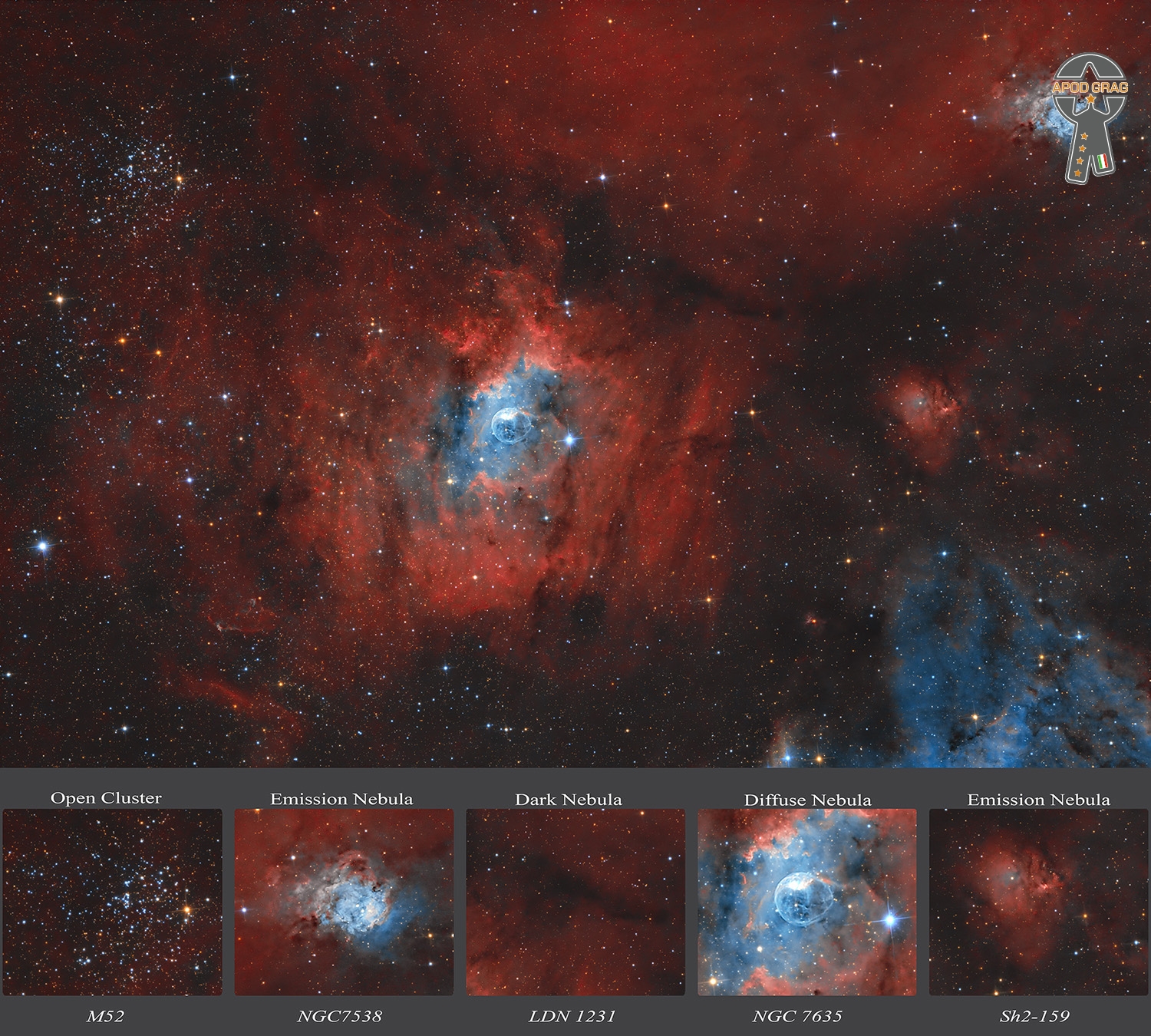
Thomas Walker Rush (born February 8, 1941) is an American folk and blues singer, guitarist, and songwriter whose success helped launch the careers of other singer-songwriters in the 1960s and who has continued his own singing career for 60 years.
Rush was born in Portsmouth, New Hampshire, United States, the adopted son of a teacher at St. Paul’s School, in Concord, New Hampshire. He began performing in 1961 while studying at Harvard University, after having graduated from the Groton School. He majored in English literature. His early recordings include Southern and Appalachianfolk and old-time country songs, Woody Guthrie ballads and acoustic-guitar blues such as Jesse Fuller‘s San Francisco Bay Blues which appeared on his first two LPs. He regularly performed at the Club 47 coffeehouse (now called Club Passim) in Cambridge, the Unicorn in Boston, and The Main Point in Bryn Mawr, Pennsylvania. In the 1970s, he lived in Deering, New Hampshire. As of 2023, Rush lives in the North Shore region of Massachusetts not far from his New Hampshire birth place.
more...Fatma Ahmad Kamal Shaker (Arabic: فاطمة أحمد كمال شاكر; 8 February 1931 – 28 November 2017), better known by her stage name Shadia (Arabic: شادية, Shādya), was an Egyptian actress and singer. She was the third wife of Salah Zulfikar. She was famous for her roles in light comedies and drama in the 1950s and 1960s. Shadia was one of the iconic actresses and singers in Egypt and the Middle East region and a symbol of the golden age of Egyptian cinema and is known of her many patriotic songs.
Shadia’s films and songs are popular in Egypt and all the Arab world. Critics consider her the most successful comprehensive Egyptian and Arabic artist of all time. Her first appearance in a film was in “Azhar wa Ashwak” (Flowers and Thorns), and her last film was “La Tas’alni Man Ana” (Don’t Ask Me Who I Am).
She is also known for her patriotic song “Ya Habibti Ya Masr” (Oh Egypt, My Love.) Her breakthrough leading role came in the 1959 Egyptian film “Al Maraa Al Maghoula” (The Unknown Woman) directed by Mahmoud Zulfikar. Six of her movies are listed in the top 100 Egyptian movies of the 20th century.
In April 2015, Shadia became the first actress to be awarded an honorary doctorate by the Egyptian Academy of Arts. She was given the nickname “Idol of the Masses” following her successful movie “Ma’budet el Gamahir” (Idol of the Masses).Other notable nicknames include “The Guitar of the Egyptian Singing” (Arabic: جيتارة الغناء) and “The Golden Guitar” (Arabic: الجيتارة الذهبية).
more...Alonzo “Lonnie” Johnson (February 8, 1899 – June 16, 1970) was an American blues and jazz singer, guitarist, violinist and songwriter. He was a pioneer of jazz guitarand jazz violin and is recognized as the first to play an electrically amplified violin.
Johnson was born in New Orleans, Louisiana and raised in a family of musicians. He studied violin, piano and guitar as a child and learned to play various other instruments, including the mandolin, but he concentrated on the guitar throughout his professional career. “There was music all around us,” he recalled, “and in my family you’d better play something, even if you just banged on a tin can.”
In 1917, Johnson joined a revue that toured England, returning home in 1919 to find that all of his family, except his brother James, had died in the 1918 influenza epidemic.
more...John Towner Williams (born February 8, 1932) is an American composer and conductor. In a career that has spanned seven decades, he has composed some of the most popular, recognizable, and critically acclaimed film scores in cinema history.He has a distinct sound that mixes romanticism, impressionism and atonal music with complex orchestration. He is best known for his collaborations with Steven Spielbergand George Lucas and has received numerous accolades including 26 Grammy Awards, five Academy Awards, seven BAFTA Awards, three Emmy Awards and four Golden Globe Awards. With 54 Academy Award nominations, he is the second-most nominated person, after Walt Disney, and is the oldest Oscar nominee in any category, at 91 years old.
Williams’s early work as a film composer includes Valley of the Dolls (1967), Goodbye, Mr. Chips (1969), Images and The Cowboys (both 1972), The Long Goodbye (1973) and The Towering Inferno (1974). He has collaborated with Spielberg since The Sugarland Express (1974), composing music for all but five of his feature films. He received five Academy Awards for Best Score for Fiddler on the Roof (1971), Jaws(1975), Star Wars (1977), E.T. the Extra-Terrestrial (1982) and Schindler’s List (1993). Other memorable collaborations with Spielberg include Close Encounters of the Third Kind (1977), the Indiana Jones franchise (1981–2023), Hook (1991), Jurassic Park(1993), Saving Private Ryan (1998), Catch Me If You Can (2002), War Horse (2011), Lincoln (2012), and The Fabelmans (2022).[9] He also scored Superman (1978), the first two Home Alone films (1990–1992), and the first three Harry Potter films (2001–2004).
Williams has also composed numerous classical concertos and other works for orchestral ensembles and solo instruments. He served as the Boston Pops‘ principal conductor from 1980 to 1993 and is its laureate conductor.[10] Other works by Williams include theme music for the 1984 Summer Olympic Games; NBC Sunday Night Football; “The Mission” theme (used by NBC News and Seven News in Australia); the television series Lost in Space, Land of the Giants and Amazing Stories.[11][12]
Among other accolades, he has received the Kennedy Center Honor in 2004, the National Medal of the Arts in 2009 and the AFI Life Achievement Award in 2016. He was inducted into the Songwriters Hall of Famein 1998, the Hollywood Bowl‘s Hall of Fame in 2000 and the American Classical Music Hall of Fame in 2004. He has composed the score for nine of the top 25 highest-grossing films at the U.S. box office. In 2022, Williams was appointed an Honorary Knight Commander of the Order of the British Empire (KBE) by Queen Elizabeth II, “for services to film music”. In 2005, the American Film Institute placed Williams’s score to Star Wars first on its list AFI’s 100 Years of Film Scores; his scores for Jaws and E.T. also made the list. The Library of Congress entered the Star Wars soundtrack into the National Recording Registry for being “culturally, historically, or aesthetically significant”.
more...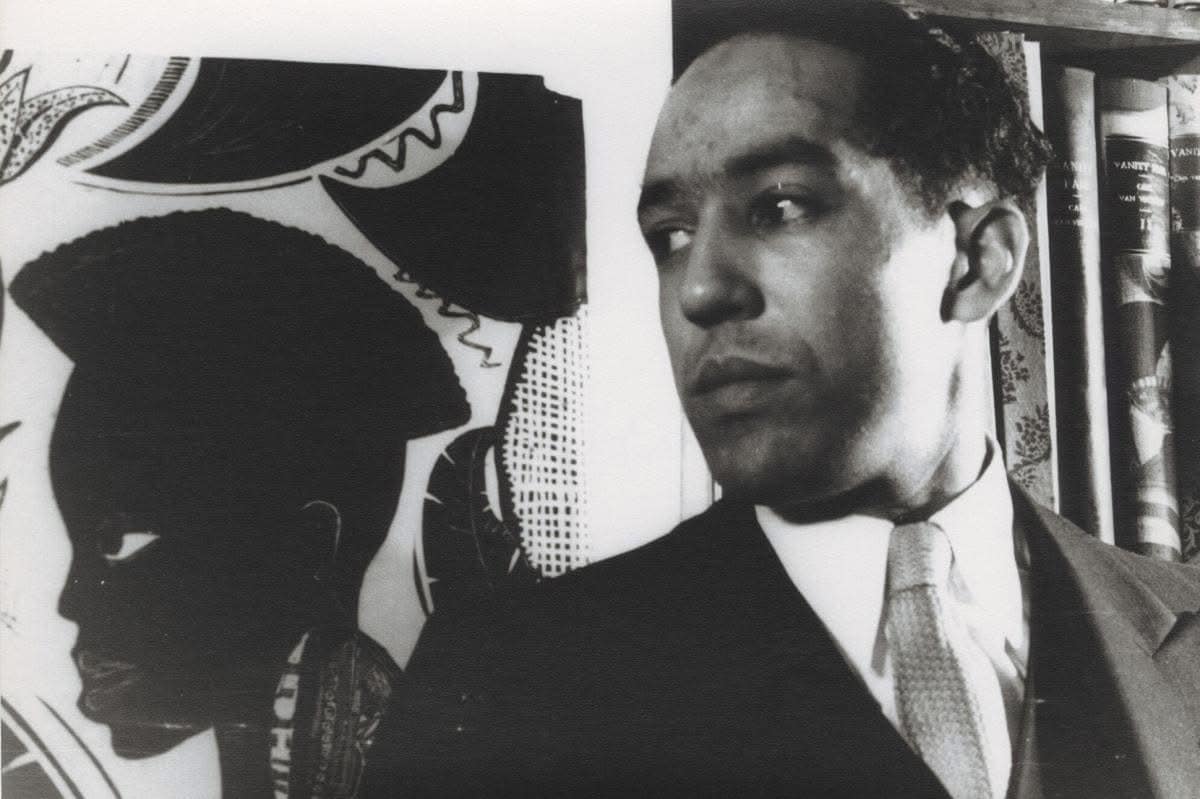

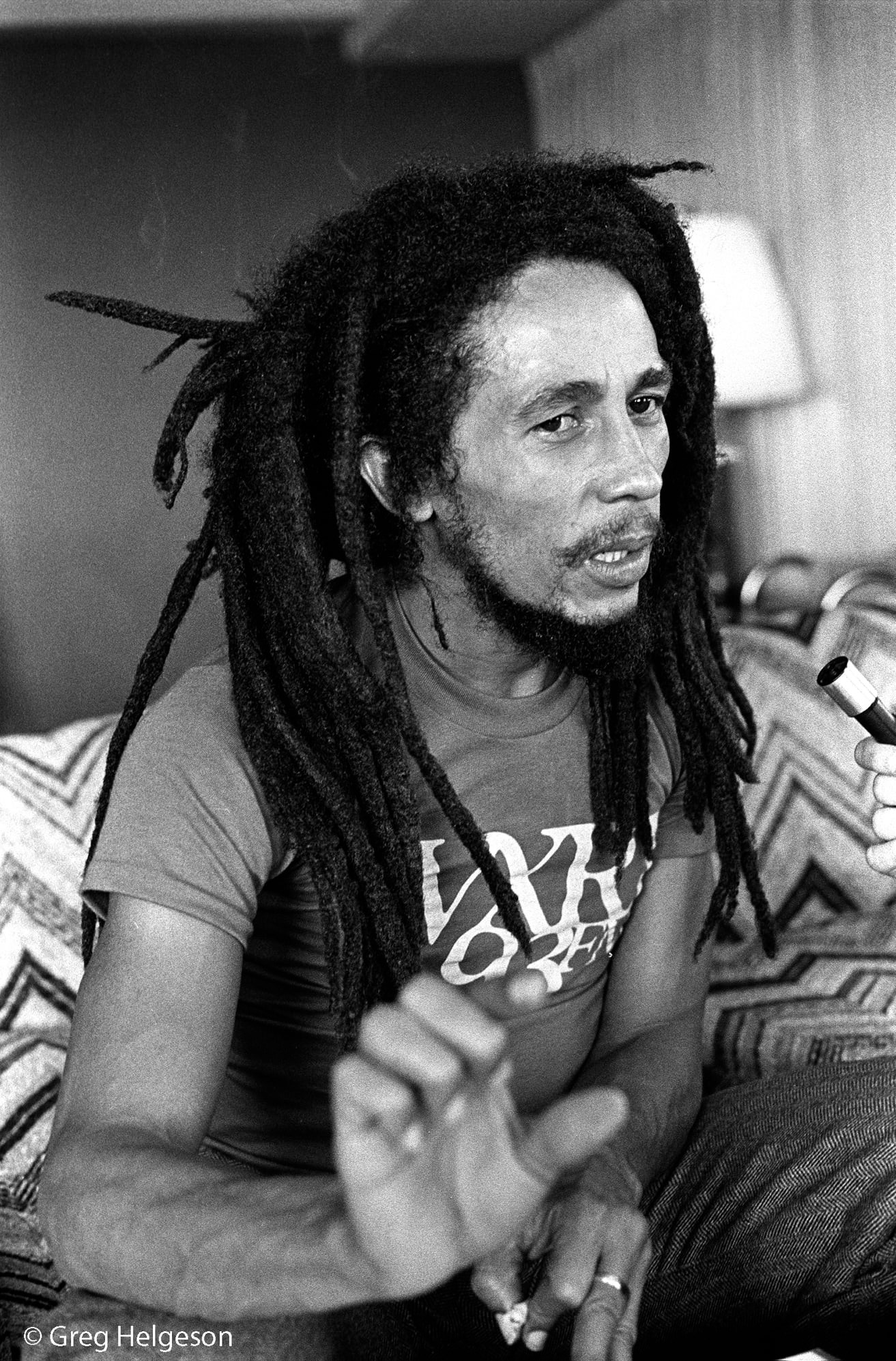
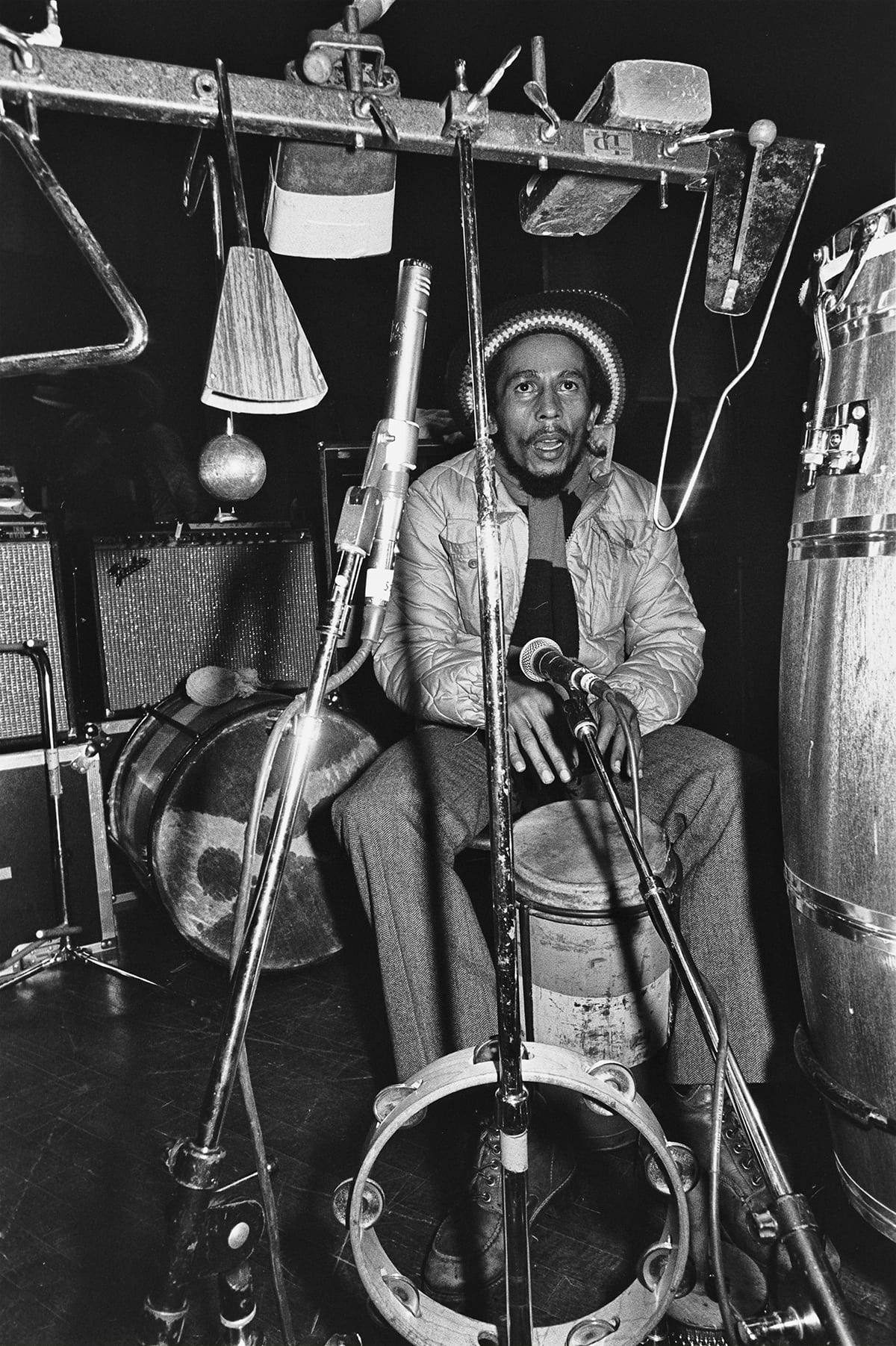
Little Shop of Horrors by Theatre 55 at the Gremlin Theater in St Paul. Running February 7th thru 22nd. Music by Shirley Mier, Lyra Olson, Jamie Carter, mick Bambula. With vocalists Patty Lacy and Van Nixon.
more...Space Telescope image strongly suggests its nickname “The Bullseye Galaxy”. Known as a collisional ring galaxy it has nine rings confirmed by telescopic observations, rippling from its center like waves from a pebble dropped into a pond. Of course, the pebble dropped into the Bullseye galaxy was a galaxy itself. Telescopic observations identify the blue dwarf galaxy at center-left as the likely collider, passing through the giant galaxy’s center and forming concentric rings in the wake of their gravitational interaction. The Bullseye Galaxy lies some 567 million light-years away toward the constellation Pisces. At that distance, this stunning Hubble image would span about 530,000 light-years.
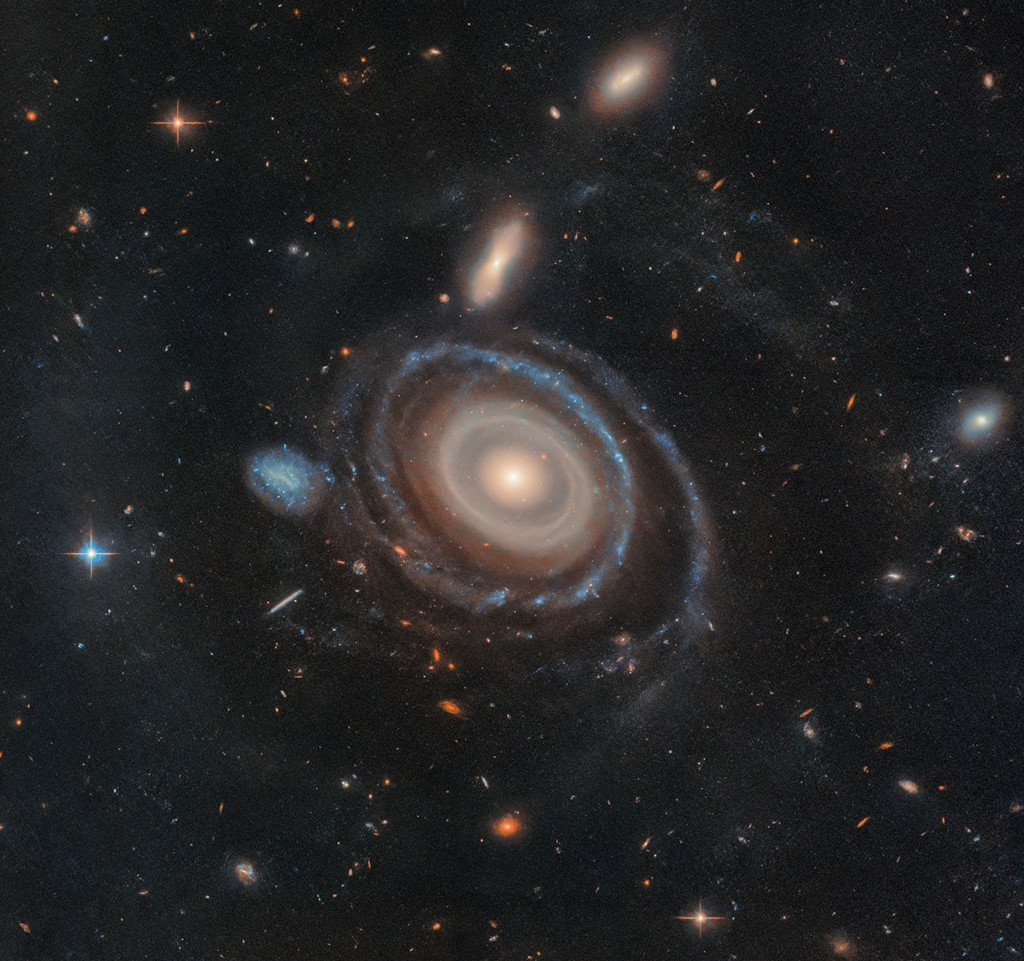
more...
More Posts
- Benny Bailey
- George Shearing
- Anna Mae Winburn
- Flamenco Fridays with Paquito Simon
- Daily Roots with Israel Vibration
- The Cosmos with M20
- Pat Metheny
- Buck Owens
- Joe Jones
- Doc West
- World Music with Doubt Gnahore
- Daily Roots with Toots and the Maytals
- Rhythm Roots Workshop at VA Adult Day Center
- The Cosmos with Mammatus Clouds
- Thornetta Davis
- Bruz Freeman
- World Fusion with Amerendra ‘Badal’ Roy Choudhury
- Daily Roots with Alton Ellis & the Flames
- The Cosmos with IC1318A, LDN895 & DWB111
- Ian Anderson